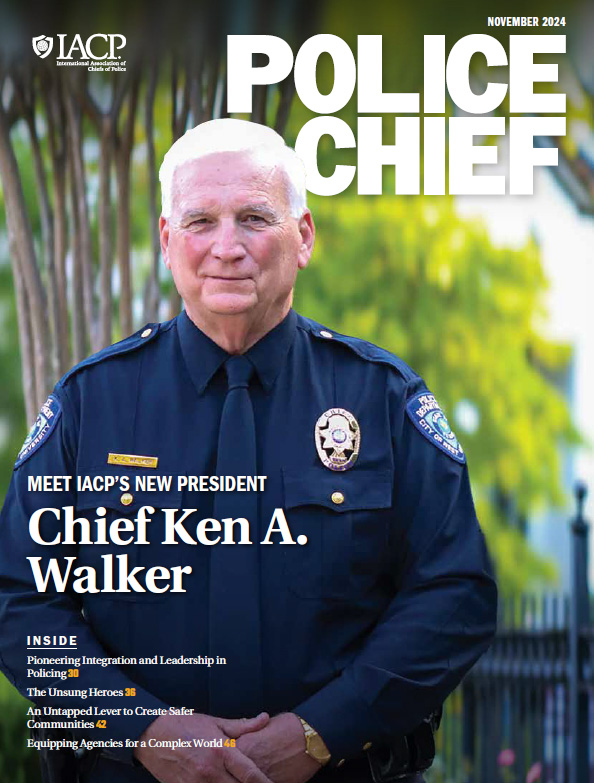
In 1972, a U.S. federal initiative resulting from efforts led by the White House’s Special Action Office for Drug Prevention, the Law Enforcement Assistance Administration (predecessor to the Bureau of Justice Assistance), and the National Institute on Mental Health’s Division of Narcotic Addiction and Drug Abuse created the TASC (Treatment Alternatives to Street Crimes or Treatment Alternatives for Safe Communities) model, which connects the criminal justice and drug treatment systems. Following several pilot projects, the initiative launched its first program site in Delaware and expanded over the next decade to support some 130 TASC projects in 29 U.S. states and Puerto Rico.


